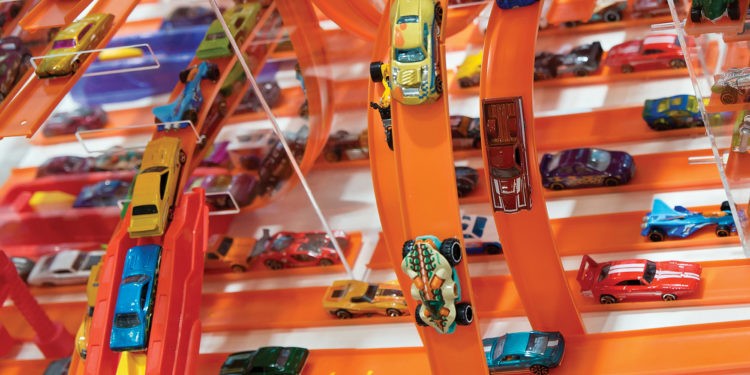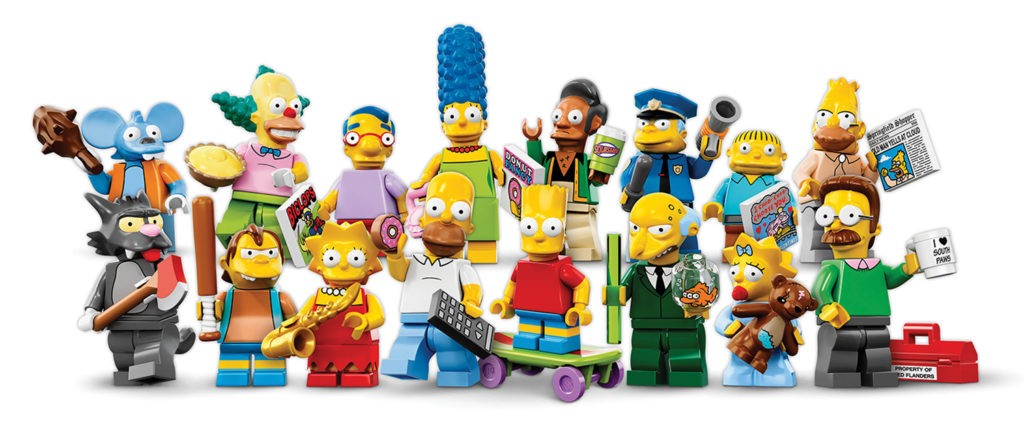Toy Safety Is No Game

It’s that time of year again. Children are making their holiday wish lists and parents are busy fulfilling dreams shopping online and waiting in endless lines all to win the coveted reward of the most desired toys. It is also the time of year when physicians gear up for sickness, poisonings, accidents, and injuries resulting from unsafe or misused toys. It is not a small problem, and much more complex than parents may realize.
In 2014, researchers at the Center for Injury Research and Policy at Nationwide Children’s Hospital published a study in journal Clinical Pediatrics revealing that in the United States alone, a child is treated in the emergency room every three minutes for a toy related injury. The study, which was the first of its kind, used data collected from the National Electronic Injury Surveillance Service which compiles consumer product injury statistics from a network of roughly 100 hospitals nationwide. The study measured data from 1990 to 2011 to determine what kinds of toys caused injuries that sent children under the age of 18 to the emergency room.
Not surprisingly, different ages face different kinds of hazards. Younger children are much more likely to choke on small parts, whereas older children are more likely to be injured on riding toys such as scooters, bikes, and skateboards.
The immediate concern for parents is knowing which toys are safe for their children. On the surface, it seems like an easy problem to solve — buy age appropriate toys from reputable companies and all is well. Scratch the thin layer of false security and however, and you find that it isn’t that simple.
While several consumer interest groups such as the U.S. Public Interest Research Group (PIRG) find that most toys on the shelves are safe, some still pose hazards. The hazards can increase when buying toys online from overseas and outside of countries with strict toy safety standards like the standards that exist in the EU.

Making Toy Safety A Top Priority
Educating parents about toy safety is not as easy as one might imagine. Parents are often lulled into a false sense of security believing that every toy is without the potential to harm because it has been sold in the U.S., presumably passed safety standards, is popular, made by a well-known company, or promotes a popular movie or character. Even the safest toys can pose hazards, however.
The problem is exacerbated because even toys made well and constructed of safe materials, may also have design flaws that become apparent later when used by consumers. Poorly designed toys might pose threats such as igniting when charging or becoming overheated in use for example.
Another problem with faulty or unsafe toys is that even if they are recalled, they can remain available via online resale sites. According to the study, while recalls are intended to remove products from the marketplace, they often remain in the hands of children. The rate of return of recalled items is concerningly low (about 10%), though it is impossible to tell how many of the original items continue to be in use. Under the assumption that all toys are safe, parents fail to diligently follow recall lists.
Safety is not just about the toy and how it is made. It is also about how it is used and by whom. Many children become injured by faulty products but much more by misusing a product deemed safe, such as using a riding toy in an unsafe way or in a dangerous environment. Each year children become seriously harmed due to such things as trampoline mishaps or scooter falls. Perhaps a less obvious hazard is when a safe toy is not used appropriately by age or ability.
So, how can parents keep children safe this holiday season? The real answer is ongoing diligence. Never assume a toy is completely safe for your child and monitor proper usage. Education is key in keeping childhood carefree and safe.
Holiday Season Toy Safety Tips
- Make sure toys match age and skill level.
- Avoid toys without warnings, instructions or age guidelines.
- Watch children around battery operated toys.
- Ensure that the battery compartment is securely shut.
- Use caution with toys with hair or fur that can be ingested.
- Check for small removable attachments.
- Monitor toys with projectiles.
- Look for sharp edges.
- Any strings longer than six inches can cause strangulation.
- Avoid toys that stretch across cribs and playpens.
- Ensure toys are used appropriately.
Follow toy recall lists on sites like kidsindanger.org






